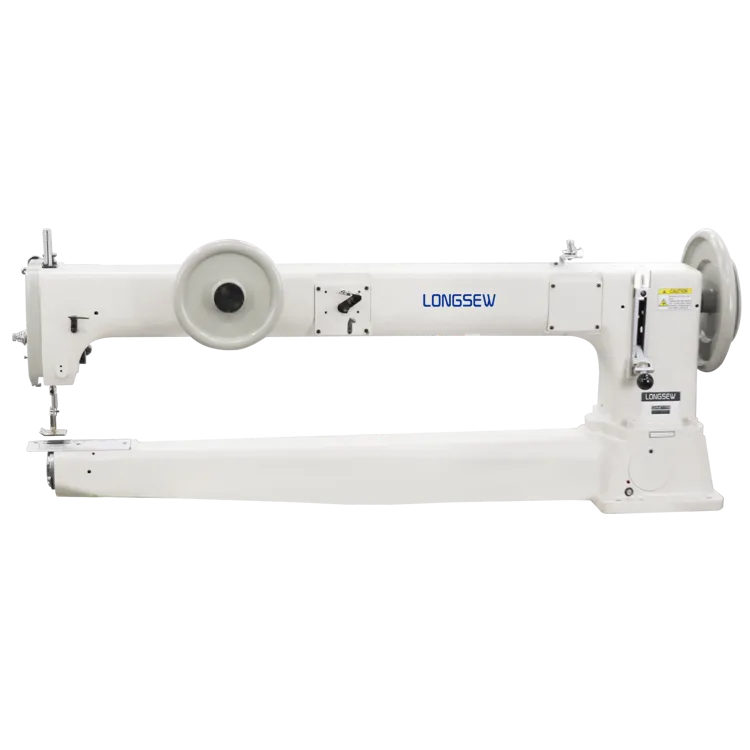Understanding the Distinctions Between Overlockers and Coverstitch Machines in Sewing
When it comes to sewing machines, two popular choices that often confuse beginners and even seasoned sewists are the overlocker (often referred to as a serger) and the coverstitch machine. While they may look similar and share some functions, they serve different purposes in the sewing world. Understanding the differences between these two machines can help you make an informed decision for your sewing projects.
An overlocker is designed primarily for finishing the edges of fabric. It uses a set of multiple threads (usually three or four) to create a clean, professional-looking seam and to prevent fraying. This is particularly useful for knit fabrics, woven garments, and items that will undergo stress, such as activewear. The overlocker trims the fabric as it sews, making it ideal for handling raw edges and providing a stretchy, secure stitch. This stitch is not intended to be seen, as it functions mainly to reinforce and secure the edges of the fabric. The overlocker is a powerhouse for speedy edge finishing and can sew seams quickly using a variety of stitch types, such as straight, rolled hem, and flatlock, amongst others.
On the other hand, a coverstitch machine is specifically designed for creating decorative hems and topstitching on garments. It operates using multiple needles (typically two or three) and a looper thread, which results in a stitch that looks similar to what you would see on ready-to-wear garments. The coverstitch is especially popular for finishing hems on knit fabrics, as it allows for a flexible, professional finish that can stretch without breaking, making it ideal for t-shirts and leggings. The hallmark of a coverstitch is its ability to create a dual-row of stitching on the top side, while the underside features a chain stitch that allows for ease of movement — perfect for garments that require a bit of give.
what's the difference between an overlocker and a coverstitch machine

One of the major differences between these two machines lies in their functionality; while the overlocker excels in edge finishing and seam construction, the coverstitch machine specializes in hems and decorative stitching
. Additionally, most overlockers come equipped with a blade for trimming fabric, while coverstitch machines do not have this feature, as they are designed strictly for hemming.In conclusion, if you are looking to finish edges and construct seams efficiently, an overlocker is the way to go. However, if your focus is on creating professional-looking hems and decorative stitches, a coverstitch machine would be more suitable. Some sewists opt for having both machines in their sewing arsenal to achieve a wider range of sewing techniques and results. Understanding the distinct advantages of each machine will greatly aid in enhancing your sewing skills and achieving high-quality results in your projects.
-
Industrial Cylinder Arm Sewing Machine: Revolutionizing Heavy-Duty SewingNewsJul.28,2025
-
Cylinder Arm Sewing Machine: Perfect for Special Sewing ApplicationsNewsJul.28,2025
-
Cylinder Bed Sewing Machine: Essential for Sewing Complex MaterialsNewsJul.28,2025
-
Heavy Duty Sewing Machine: The Essential Tool for Industrial ApplicationsNewsJul.28,2025
-
Computerized Pattern Sewing Machine: Revolutionizing Precision StitchingNewsJul.28,2025
-
Heavy Duty Industrial Sewing Machine: Power Meets PrecisionNewsJul.28,2025
-
Leather Sewing Machine: The Industrial Standard for Tough MaterialsNewsJul.18,2025





























